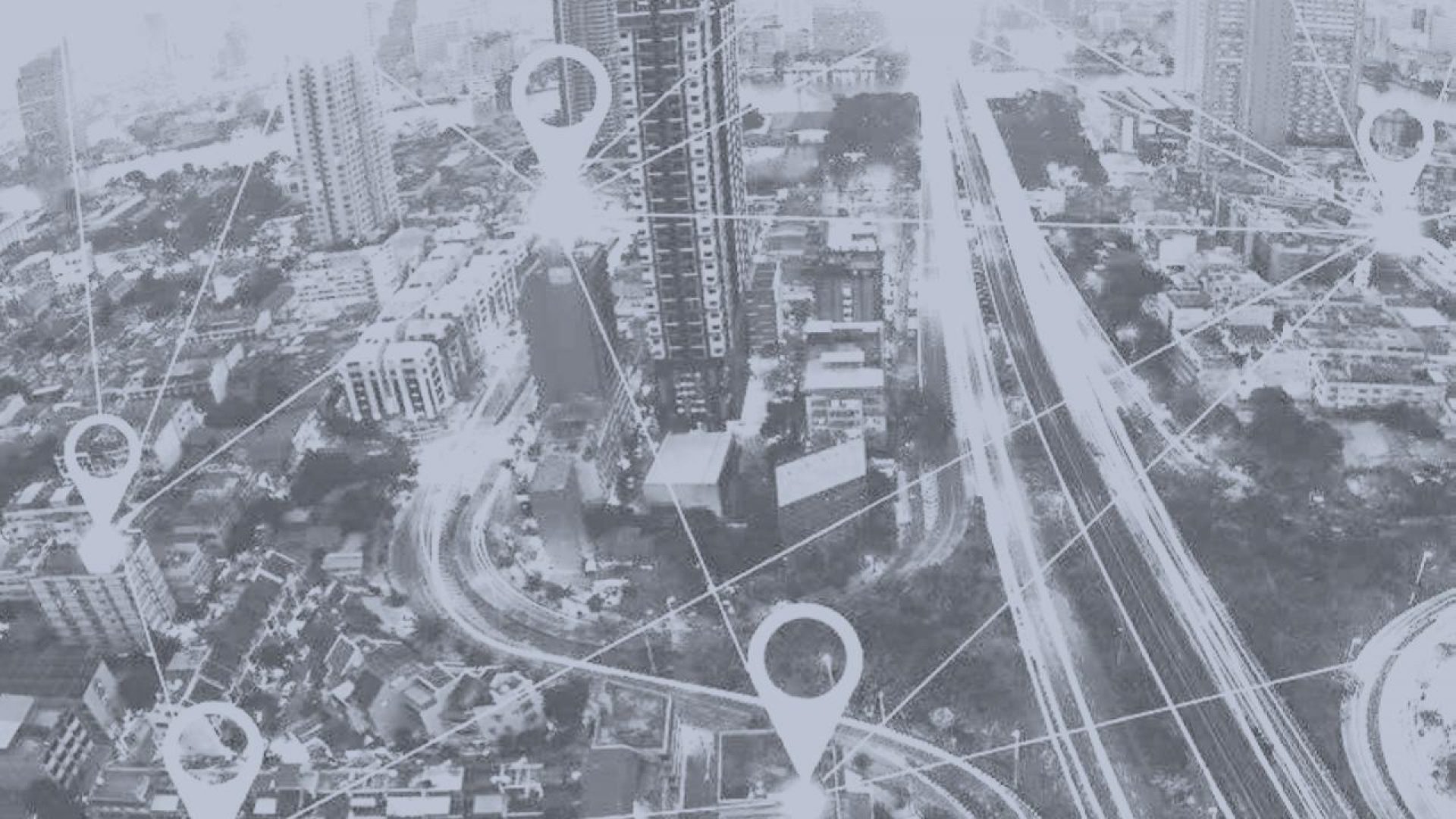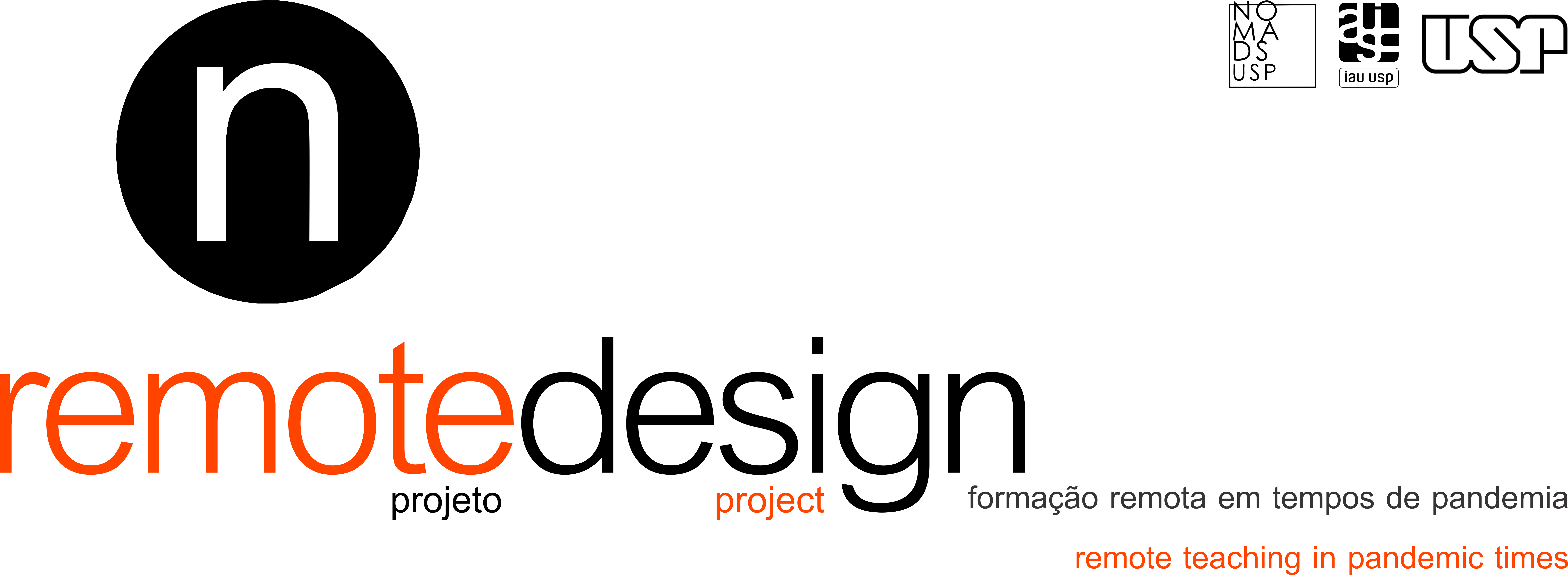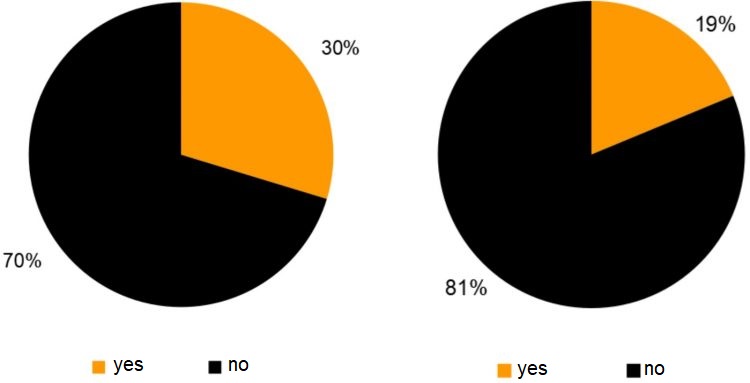2020 edition results
Português | Español
.
RDS 1.0 was the first edition of the Project Remote Design Studios, carried out between June and August 2020. The consultation gathered information on remote online design teaching activities during the first academic semester of the Covid-19 pandemic. The survey was carried out by researchers from Nomads.usp – Center for Interactive Living Studies of the University of São Paulo, Brazil, from June to August 2020, and included 166 respondents from institutions in 14 countries.
objectives
1. Producing an overview of remote teaching modes of architecture, urbanism, and landscape design during the COVID-19 pandemic;
2. Contributing to the formulation of remote design courses to be offered during the confinement period;
3. Expanding reflection on online collaborative activities in design teaching;
4. Contributing to the discussion on the inclusion of face-to-face/remote hybrid structures in regular design courses;
5. Stimulating dialogue on this topic, by disseminating results in academic circles.
.
methodological procedures and activities
1. Questionnaire preparation and dissemination;
2. Data reading, systematization, and analysis;
3. Testing and exploration of computer applications.
.
respondents
The number of respondents covers 14 countries, i.e. Brazil and 7 other countries in Latin America, and 6 countries in other regions of the world. In the case of Latin America (excluding Brazil), the group of respondents covers 17 educational institutions, and Colombia is the country with both the largest number of respondents in the region (12 respondents) and the largest number of institutions represented (5 institutions). Also represented Latinamerican countries (excluding Brazil) are Mexico, Peru, Argentina, Chile, Uruguay, and Ecuador.
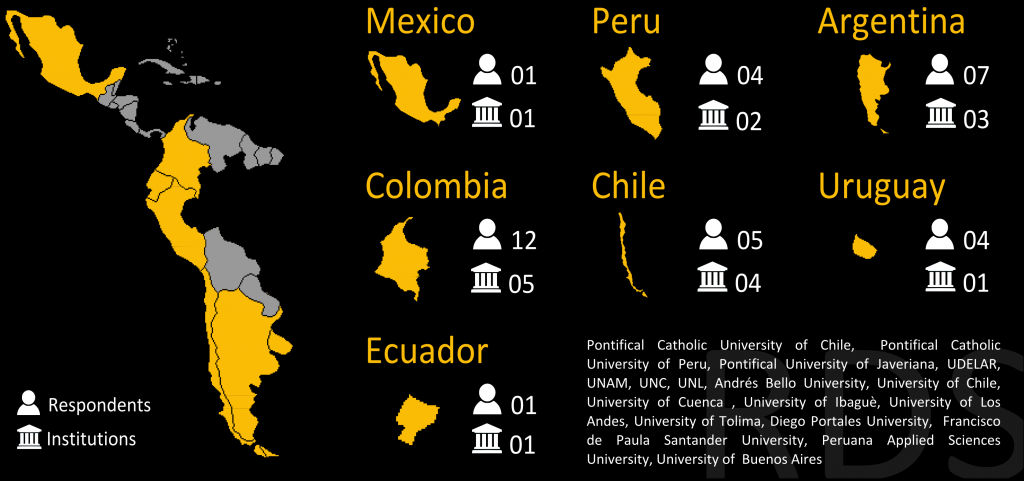
Regarding Brazil, the number of respondents covered 14 states, from 4 macro-regions (Northeast, Midwest, Southeast, and South). The group totals 124 respondents from 62 institutions. The state with the highest number of respondents is São Paulo, with 63 respondents from 23 institutions. Among the Brazilian institutions that had respondents, 73% are private and 27% are public. It is also noteworthy that 14 major Brazilian public institutions sent us important information, despite not offering remote courses in the first half of 2020.
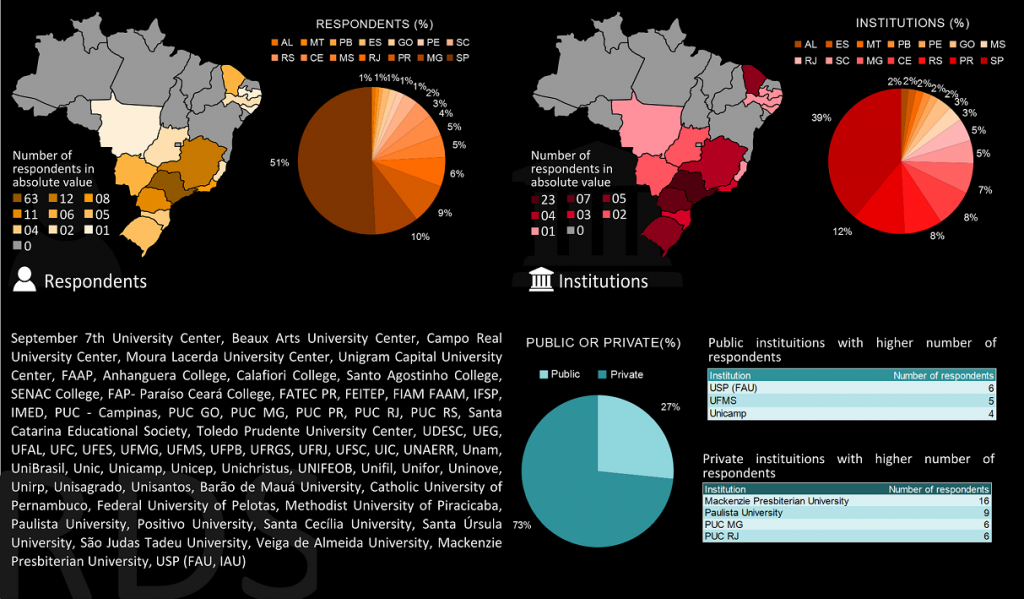
.
replies
On the characterization of the courses’ activities
What was the scale and scope of the exercise(s) developed with the students?
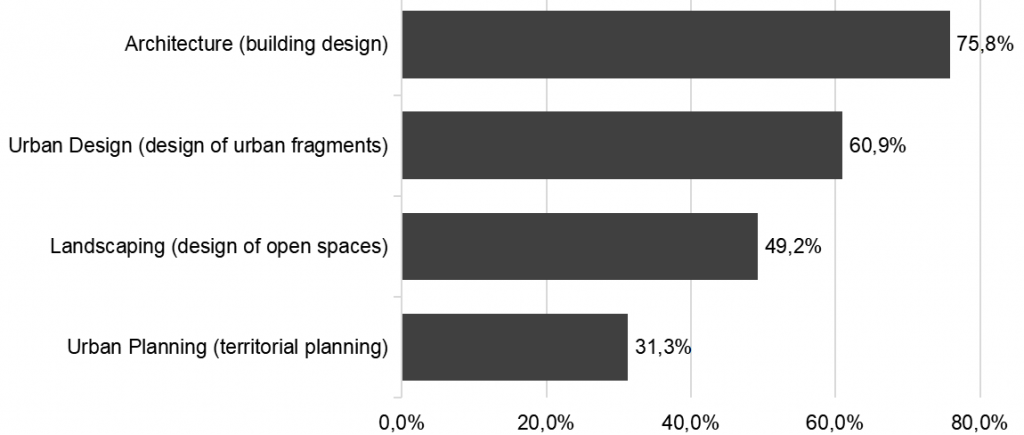
What was the nature of the activities carried out?
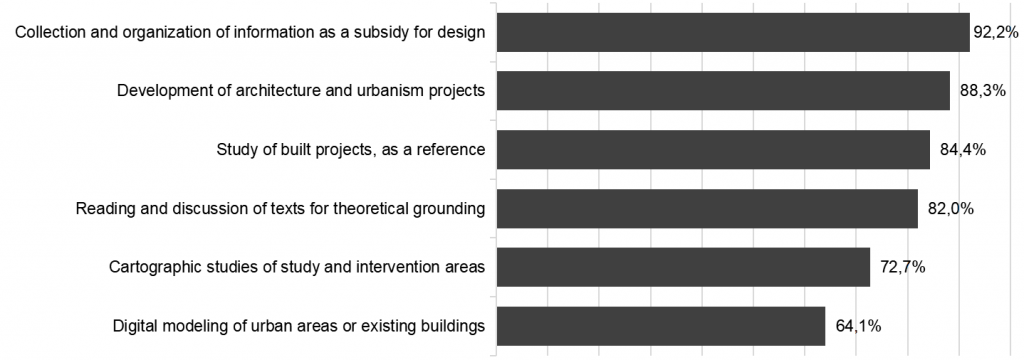
On computational programs
What computer programs were used to carry out the activities?
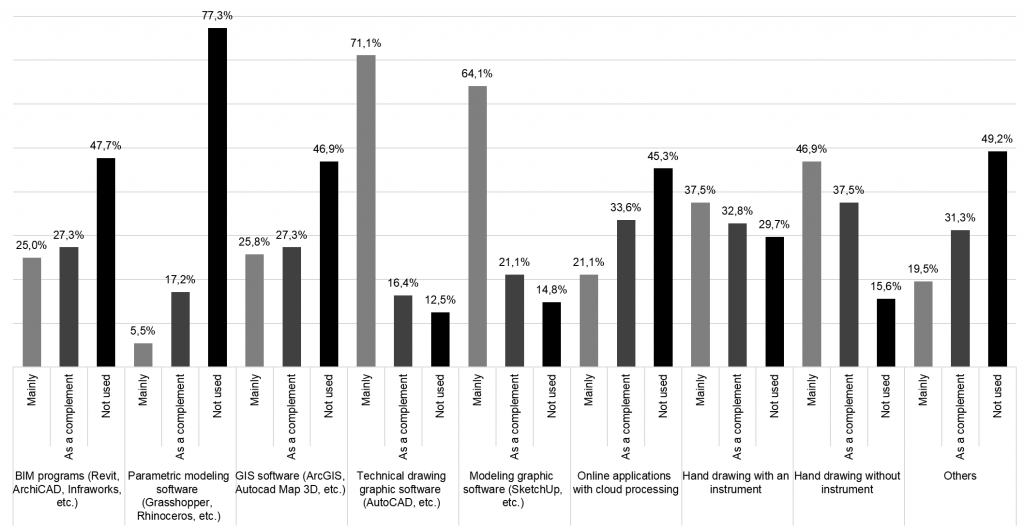
What applications were used for communication between teachers and students?
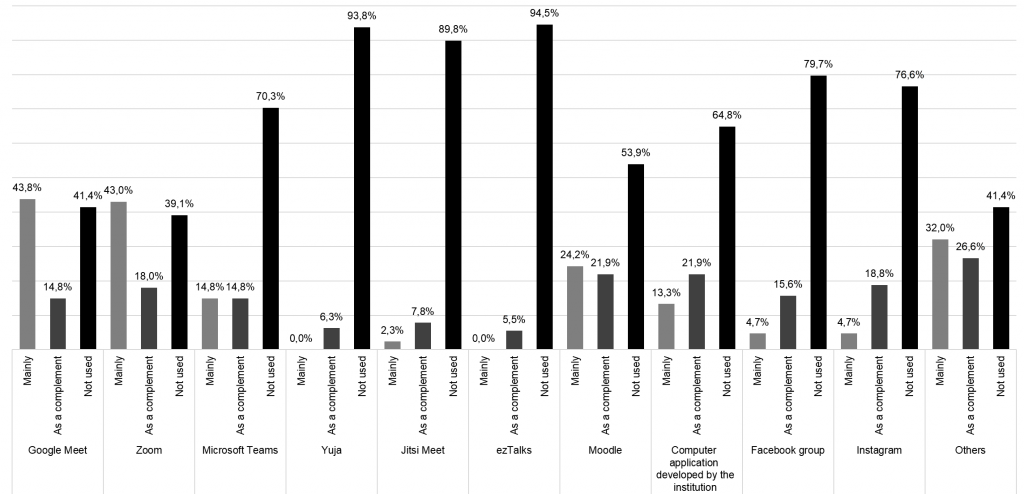
On the disciplines dynamic
Are the course exercises usually done individually or in groups?
ONLINE FACE-TO-FACE
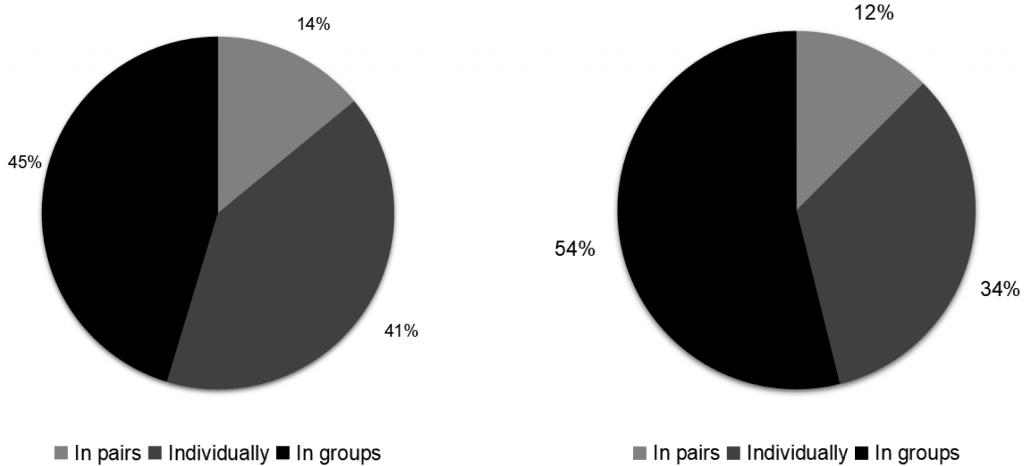
On the online discipline
How many students are there in the class? / How many weeks did the exercises last?
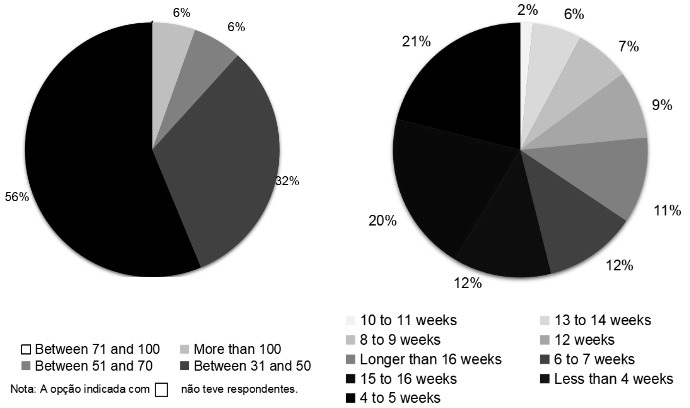
On the online discipline
How often did each student or group have a work session with the teacher(s)? / In general, how long did each work session last?
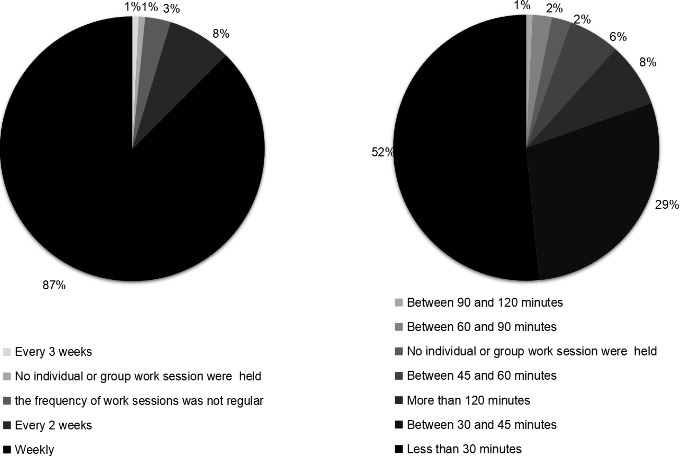
On the students and their resources
Was a survey conducted with students to map their work-at-home conditions? / If so, would it be possible to have access to the questions and results?
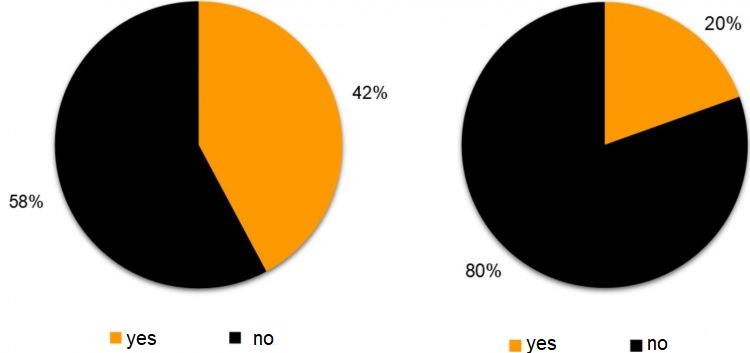
Was there any resistance from the students to the new activities proposed by the teachers? / Did this resistance prevent/delay/hinder the activities?
Was the students’ dedication more remarkable than in the face-to-face course? / Did most students have good conditions at home?
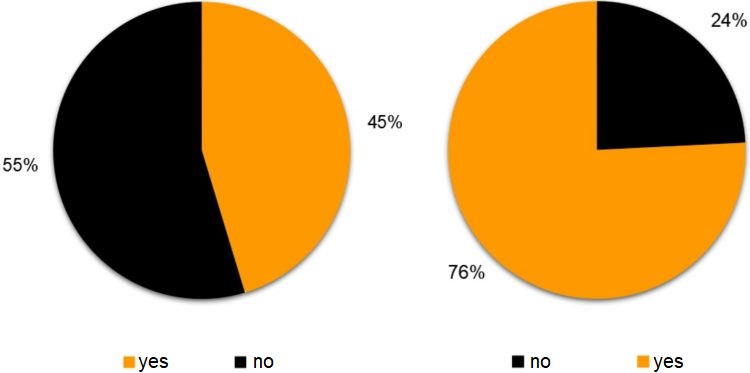
Did most students have a suitable computer? / Did most students have an adequate Internet connection?

Preliminary assessments
The scale and scope of the exercise proved to be adequate for online activity. / Computer applications for design development were easily used by students.
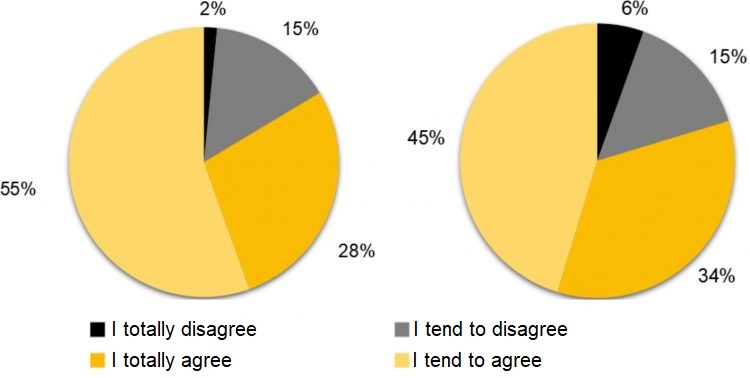
The sessions with synchronous communication with the students were useful. / The objectives of the proposed activities have been achieved.
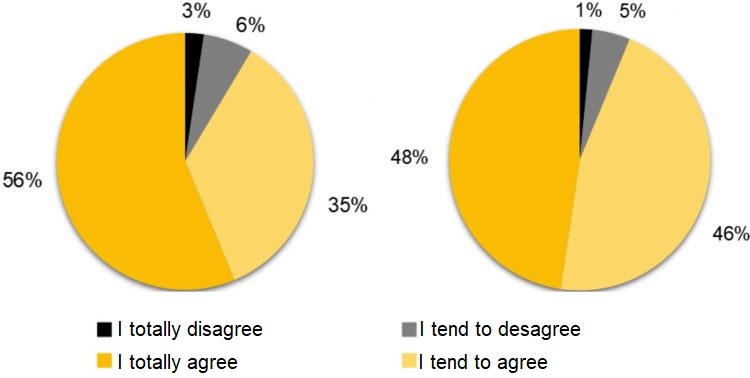
Many losses were noticed compared to the face-to-face course. / Many gains were noticed compared to the face-to-face course.
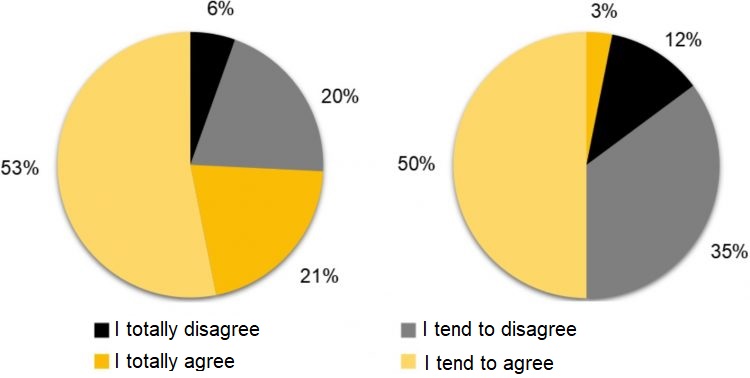
Most students were satisfied with the results of the activities. / Teachers were satisfied with the results of the activities.
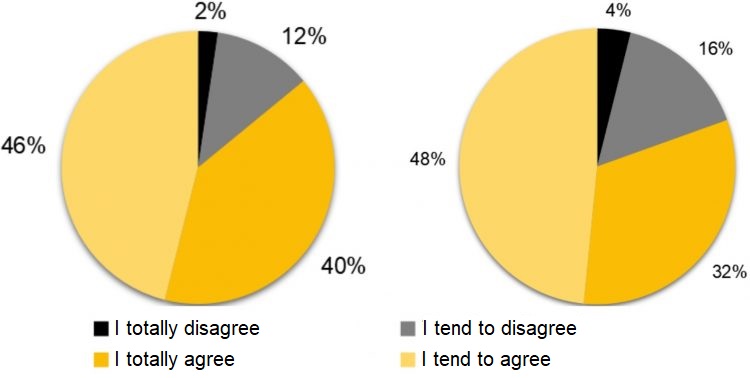
The drawings and models produced are of good quality. / Drawings and models were produced in sufficient quantity.
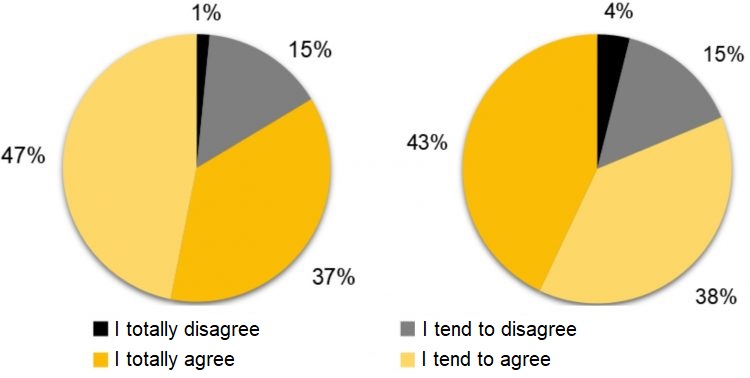
The experience revealed that some online procedures could be integrated into face-to-face courses. / The online course requires stricter procedures from all involved than a face-to-face course.
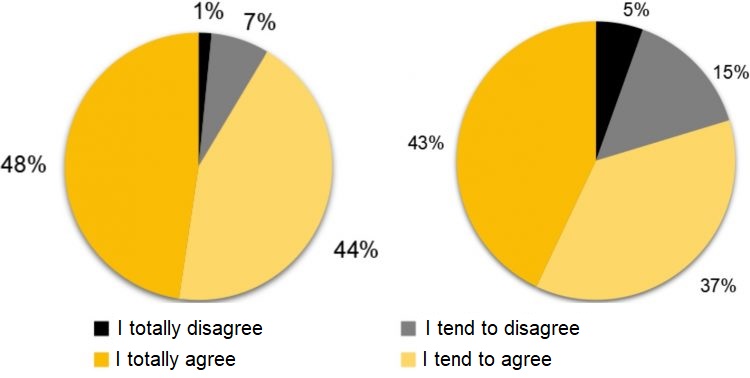
.
more information
Tramontano, M.; Vallejo, M.; Silva Filho, M. J.; Medeiros, D. C., 2020. Remote Design Studios Project: final report. Translated from Portuguese by Maurício José da Silva Filho e Marcelo Tramontano. V!RUS, 21, December. [online] Available at: <http://www.nomads.usp.br/virus/virus21/?sec=6&item=1&lang=en>. [Accessed: 27 August 2021].
Tramontano, M.; Vallejo, M.; Silva Filho, M. J.; Medeiros, D. C., 2020. Remoto online, ensino de projeto: Lições de uma pandemia. Arquitextos, 247.05 year 21. [online] Available at: <https://bit.ly/3z1sWfq>. [Accessed: 27 August 2021].
.
nomads.usp – Center for Interactive Living Studies
- coordinator of the project
- Associated Professor Dr. Marcelo Tramontano
- researchers
- Mario Vallejo – PhD student
- Maurício Silva – Master student
- Danilo Medeiros – Master student
- technical suport
- Daniel Picon – IAU-USP
- Evandro Bueno – IAU-USP
